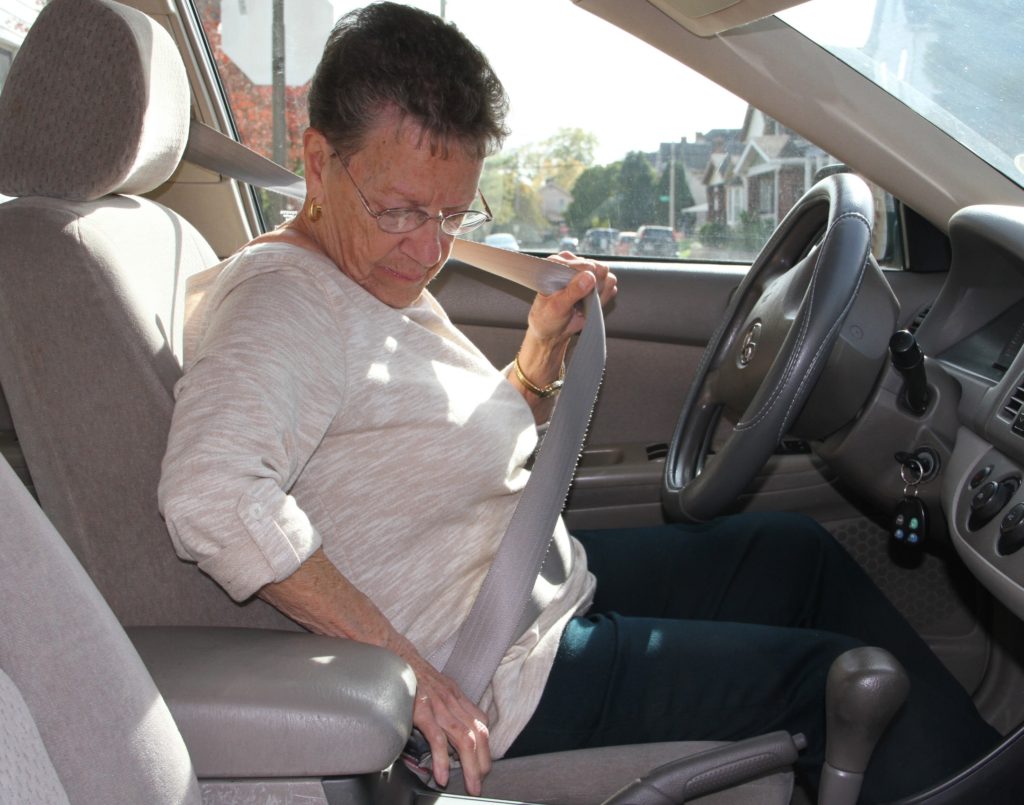Ohio State researchers seek to improve safety, reduce injury in elderly drivers


COLUMBUS, Ohio – As baby boomers age, their risk of life-threatening injuries from car crashes also increases. Although car seat belts are safe and save the lives of many drivers of different shapes and sizes, they don’t always provide optimal safety for everyone. Many of this generation are desperate to live to an independent life, but this isn’t always possible. Some families are put off talking seriously about Aged Care options due to the financial implications, but they should be made aware of the Aged Care Help options that are available.
In an effort to improve safety and reduce injury in drivers over 65, researchers from The Ohio State University Wexner Medical Center and industry partners are measuring impact and injuries sustained from side car crashes involving elderly drivers who wear seat belts. A lot of elderly drivers are worried about what to do after a car accident as they might feel that their seat belts don’t provide the optimal amount of safety and could be left injured. This is why the Ohio State University Wexner Medical Center and industry partners are looking to try and make seat belts more secure for the elderly. It is very important that seatbelt safety is improved on for the elderly though, as accidents will always happen whilst driving. No matter how safe a driver you are, you cannot know when an accident will happen. This is why people get insurance for their car using a company such as Staveley Head Insurance, as it’s better to be insured then lose out if you are involved in an accident. But at the end of the day, the important thing is that you are safe and that you minimise the injuries that you could sustain in an accident – which is why improving a seatbelt is so important as it could reduce the injuries caused in an accident.
John Bolte, associate professor of health and rehabilitation sciences at The Ohio State University College of Medicine and director of Ohio State’s Injury Biomechanics Research Center, is analyzing differences in injuries sustained from side impact car crashes to help improve safety system designs for the 36 million elderly drivers on America’s roads today.
“When seat belts were first designed about four decades ago, safety dummies tested in car crash simulations resembled the average-size male driver of 40 years old and weighing approximately 170 lbs.,” said Bolte, also principal investigator of the study.
Now, thanks to thanks to advanced technology, instrumentation and imagining, we know a lot more about the human body and its bones and how they respond to crashes than we did 20 years ago, yet researchers say the biggest obstacle that remains is human variation.
“Age isn’t the best predictor of how someone responds to injury. We need to move the field away from age and into something more scientifically based, such as looking at properties of the thorax or upper body to better predict how much impact is associated with certain injuries,” Bolte said.

Researchers are conducting newly designed simulations using smaller crash test dummies that are a better representation of the fragile baby boomer population. While measuring impact, they’ll also document position and properties of the upper body to better predict appropriate protection for elderly drivers.
Industry experts say that improperly fitted seat belts save lives, but also can cause injury. To a young driver, some injuries sustained during car crashes won’t always be critical. However, for an elderly driver, fractured ribs or a broken pelvis can quickly become life threatening.
“We’re hopeful our data will assist with safety design modifications to better protect the older, more vulnerable drivers,” Bolte said.
Researchers say, one day, individuals will have a personalized car key fob that activates a customized safety system within their vehicles and adjusts the seat belt based on their individual physiology.
Drivers in Tennessee that are injured in a car accident may want to consider reaching out to The Terry Law Firm Car Accident Lawyers.








